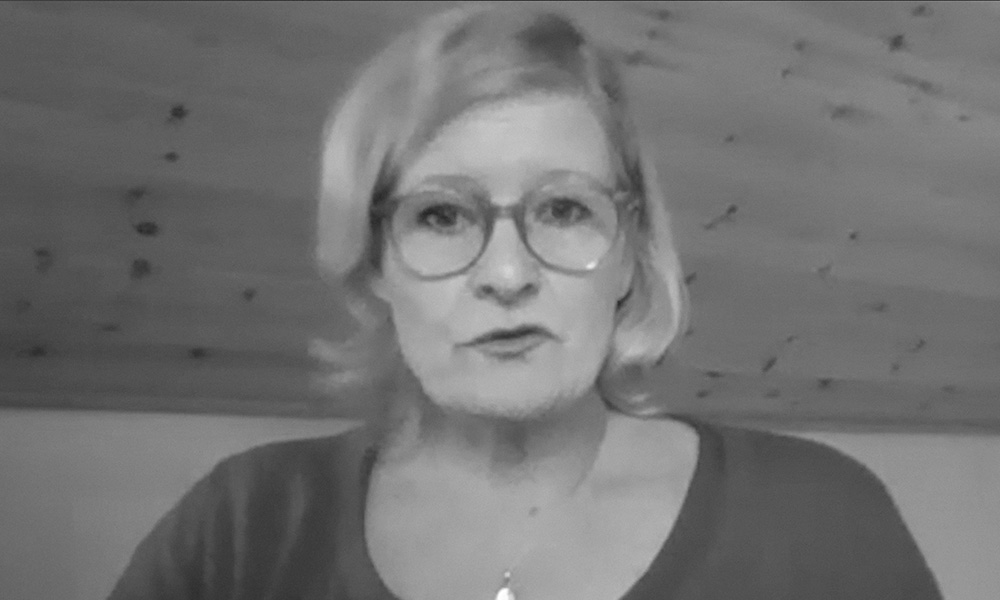
Source: Wu Yi / Unsplash
When the Covid-19 pandemic sent millions of people home to work, essentially overnight and without any real warning or preparation, it ushered in a kind of forced work-life integration. As people set up makeshift offices at kitchen and dining room tables, and as parents tried to juggle work with homeschooling their children, the former delineation between work and home was completely erased. This came with benefits: less time spent commuting, more time spent with family, and more flexibility overall.
Many companies also realized the importance of employee wellbeing, and started to put a variety of interventions in place from online yoga, sports or workout classes to talks on mental health by psychologists and social workers.
But there was a downside to this new way of working too: the lack of connection with colleagues, which is a vital part of cohesion and common purpose, was keenly felt by management and workers alike. It was difficult to build or maintain any kind of company culture when employees were reduced to talking heads on our computer screens.
Work is no longer confined to the physical office space – it’s everywhere. Work and life have moved from being two separate things into a single unified concept.
Now, as there is a partial return to office spaces to varying degrees, companies need to think about how best to integrate the office into the wider work-life ecosystem. And it is an ecosystem: work is no longer confined to the physical office space – it’s everywhere. Work and life have moved from being two separate things into a single unified concept.
This means taking care to foster that vital part of the diversity, equity and inclusion (DEI) conversation, which is belonging. As people work from their homes, which are now satellites of the office, it’s vital that they still feel like a part of the mothership, and that there are ways for them to connect both with other members of their team, and those they report to.
Building back connection and cohesion
Why is this so important? Because before the pandemic employees connected in casual, almost unconscious ways – the chats on the walk to the canteen, or while waiting for people to arrive for a meeting, for instance. That just doesn’t happen when you’re all working in isolation.
Moreover, there are people who don’t necessarily have the social framework within their private life to cope with this situation, and they are in danger of falling through the cracks. It’s important to catch those people, because if they don’t get the support they need, they won’t be able to perform. Most won’t even be able to ask for the support they need.
Thus, as we move into the hybrid working era, team leads will need to recognize much more quickly when a team member is struggling, and provide the necessary support. They must prioritize the social and connectivity aspects of work, both of which are more important than focusing on productivity.
To assist with this, at NTT DATA Business Solutions, our People department conducted – and continues to conduct – employee surveys to check in with our staff on a regular basis, as well as putting several employee resource groups and communities in place to connect them. Since 2020, at our Germany offices, we also run a call every month with our top management, where employees can ask questions about the pandemic, fears, challenges of remote work, and so on. We also provide financial support for our employees to set up their home offices and assist with the purchase of desks, chairs, and other essential equipment.
What the pandemic has shown us is that people are professional and can perform. They don’t need to be micromanaged. What they need is support.
Because what the pandemic has shown us is that people are professional and can perform. They went home, delivered what was expected of them, and kept their companies going – they don’t need to be micromanaged. What they need is support.
Trust, therefore, is a very big issue. People adapted without complaint, very fast, during the lockdowns, proving that they can be trusted, that they know what they’re doing – that they are adults who don’t need to be constantly supervised. But they do need to connect: we are social animals, after all. And that will require some thinking about how to change the structure of offices in order to build that connection.
Repurposing office premises as places to connect
As we navigate the new workplace, we need to accept that things won’t look the way they did in the past. Offices will be less about working together, and more about connecting, while work takes place at home. We will be using our premises for completely different purposes – for meetings, as a place to cement the company’s culture through team and company events, and for face-to-face engagement when it’s required.
We had a sports event recently where about 200 employees were together, and it was incredible – I still get goosebumps when I think about it. How lovely it was to meet with others, and how important to talk, have a barbecue together, have a beer. You can never recreate that when you’re having a project meeting on Microsoft Teams.
Wellness must be integrated into the company culture, and be a part of how employees and team leaders relate to one another – it’s putting the ‘human’ back into human resources.
Beyond events, however, it also requires that companies put more emphasis on wellness, and not just by having a wellness day once a year. Just as we offer training on ‘hard’ business skills, we need to train employees in resilience, mental wellbeing, and health – and then take those issues seriously on a daily basis. Wellness must be integrated into the company culture, and be a part of how employees and team leaders relate to one another – it’s putting the ‘human’ back into human resources.
A shared sense of purpose can help people to connect. We recently held global company runs and cycling events to raise money for Ukraine war survivors, for instance. That takes the event from mere participation to something that creates a larger purpose, something meaningful, and a feeling of togetherness.
A new kind of leadership is required
The challenge is the mindset of the team leads, who must understand that the way they lead has an impact on employee health and wellbeing. Retaining talent is much easier when employees are satisfied, when they want to do their work, and when they know that their health and wellbeing is taken care of.
And this needs to come from above – so many managers and team leads put excessive pressure on their teams to perform and get results, sometimes forgetting that they’re working with human beings, not machines. Besides, even machines undergo some maintenance and service from time to time, and have periods where they are switched off.
We need to ensure that team leads are trained, therefore, to recognize the first symptoms of burnout in their team members, to know when to ask if someone is okay. They need to learn how to maintain continuous connection with people – to keep the rope loose, in other words, but not to lose hold of it. And to understand that doing so will have far more of a positive impact on productivity than putting undue pressure on people to perform or be constantly available.
Everyone from the top down needs to understand that taking care of your health when you are already ill is too late. As we integrate back into a new way of working, we need to ensure that health and wellbeing are integrated into that model, as part of the way we do business now.



























